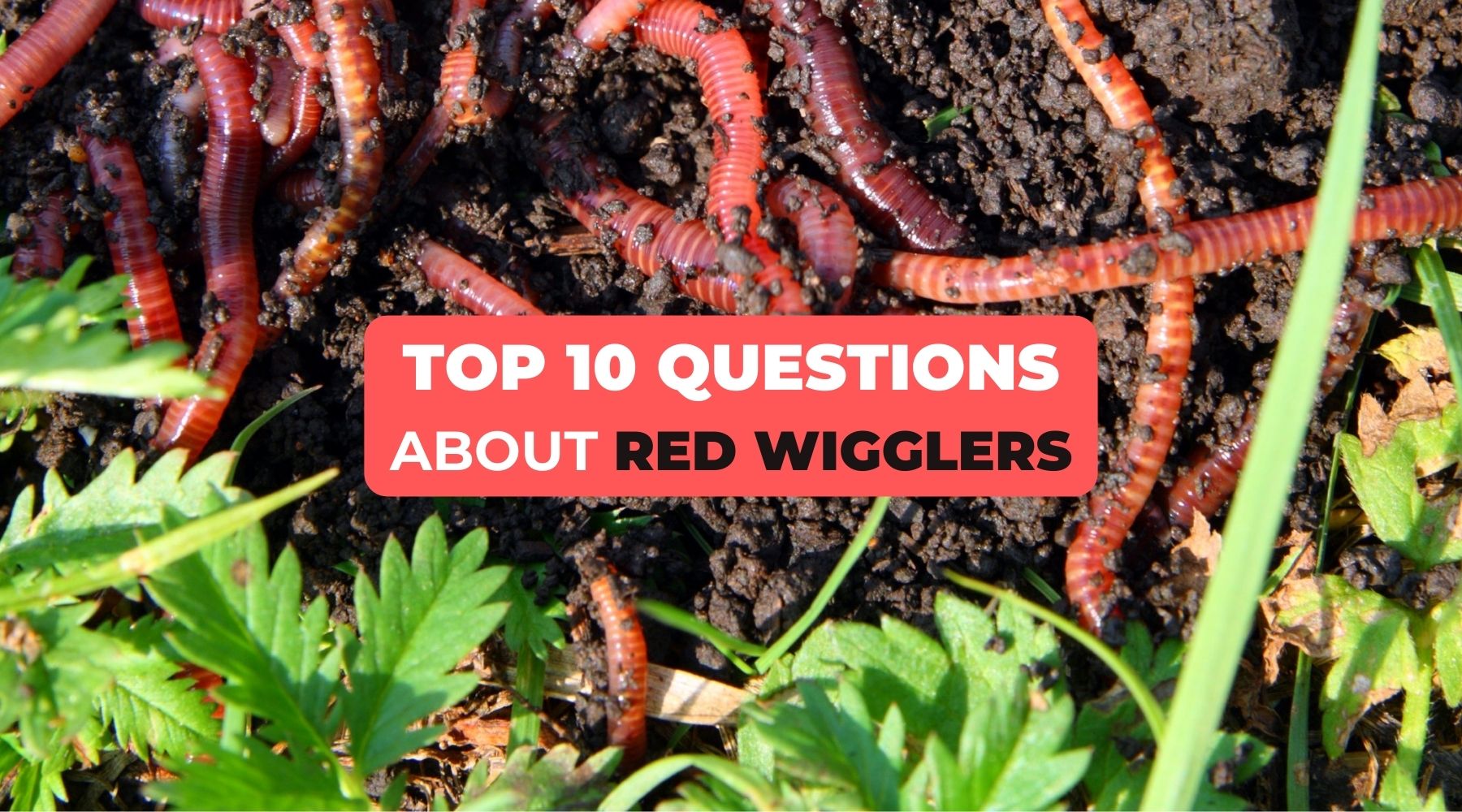10 Easy Facts About Red Wiggler Express Described
Table of ContentsThe Best Guide To Red Wiggler ExpressThe Buzz on Red Wiggler ExpressThings about Red Wiggler ExpressThe 8-Second Trick For Red Wiggler Express
With the worldwide press for sustainability and with environment-friendly practices expanding in popularity, individuals are lastly coming about and acknowledging the environmental benefits of red wiggler worms and composting. In this article, we'll talk about how vermicomposting supports sustainable horticulture and the ecological benefits of red wigglers and other earthworms.
This is the except it. If you want to check out thorough concerning red shakes, we have a whole post committed to them right here. Now, let's enter into the nitty-gritty of just how these worms sustain sustainable horticulture techniques and profit the atmosphere: Worm composting resembles a day spa day for your soil.
When incorporated right into your yard soil, these spreadings enhance its structure, oygenation, and water retention. This assists with plant development and health and wellness and does not require the usage of any chemicals. Did you know that organic waste makes up a considerable portion of landfill product?
By diverting your kitchen area scraps and yard waste right into a worm composting bin, you're effectively minimizing the quantity of natural waste that ends up in landfills. Forget about chemical fertilizers worm spreadings are the genuine deal.
What Does Red Wiggler Express Mean?

Maintain the bin in an awesome, dubious spot to stop getting too hot. Mix the nutrient-rich worm castings into your yard soil or utilize them as a top clothing for potted plants. You'll see much healthier, happier plants in no time at all! It really is as simple as that. In a globe where sustainability is ending up being increasingly vital, red wigglers shine as unhonored heroes of horticulture.
Composting might seem like old news, yet doing it with a container full of worms most likely does not. Red wiggler worms provide wonderful benefits to the natural garden enthusiast, creating both an all-natural fertilizer and an efficient pesticide.
Worm spreadings might be acquired at stores such as SBS in Vineyard Sanctuary or Vineyard Gardens in West Tisbury, however to elevate the worms in a compost bed and harvest your own spreadings is a lot more enjoyable. The work of these worms is an aspect of lasting living. Red wigglers are aboriginal to horse manure, where they burrow to lay eggs.
The Basic Principles Of Red Wiggler Express
(https://www.craigslistdir.org/Red-Wiggler-Express_368424.html)They can't make a lot of it." He covers the container with straw, after that a piece of old rug. "They like the warmth," he claims. Lynn explains the manufacturing of spreadings and two usages: as a fertilizer and as a pesticide. "They absorb rotting matter. It passes through them and includes calcium to make this rich earth," she claims.
"We call it golden tea," says Lynn. "I did it to see if it would certainly make a distinction on white flies and aphids. My rosemary had a mold or fungi. After I sprayed, promptly it looked better." The red wiggler is a vast breeder, laying eggs as frequently as when a week.
It takes three to 5 months for a baby worm to get to sex-related maturity and the grown-up size of three inches. Their life expectancy is four to 5 years unless obviously they are utilized for bait. As freshwater fish lure, wigglers squirm on the hook and endure underwater longer than standard earthworms.

As one of the Epigeic class of compost worms, the normally does not appear in dirts. Rather, it thrives within the dirts of leaves litter, manure, and decomposing plant life. The worm is red or reddish-brown in color and has a smooth, round shape. The clitellum, or saddle-like reproductive gland, is located regarding two-thirds of the way down the worm's body.
A red wiggler worm can mature to 4 inches in size however is usually just about 2 and a fifty percent inches. The worm has a small mouth situated at the front of its head. It also has small bristles, called setae, which assist the worm move and anchor itself to surface areas.
